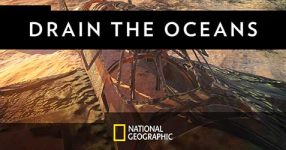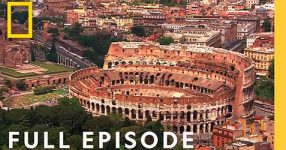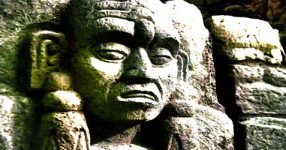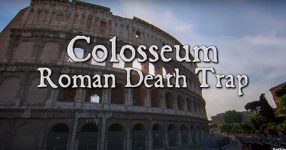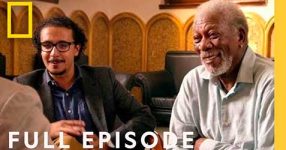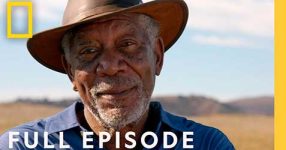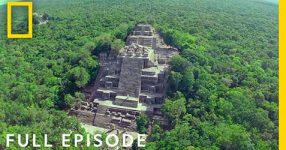The documentary “The Lost Tomb of Jesus” explores the enduring mystery of Jesus of Nazareth’s burial, a pivotal event in history. Crucified by the Romans in first century Jerusalem, the Gospels narrate his burial in a tomb, followed by the surprising discovery of an empty tomb by Mary Magdalene, one of his closest disciples. However, an alternative narrative suggests a rumor circulating about the disciples secretly relocating Jesus’s body for a more permanent burial, challenging the conventional account.
Delving into the burial practices of first century Jerusalem, the documentary suggests that if the disciples indeed moved Jesus’s body, it would align with historical practices for individuals crucified for insurrection. The reburial, conducted in secrecy, involved shrouding the body and allowing it to decompose before a final ceremony, potentially joined by his family, including Mary, his mother.
The Intriguing Discovery of the Talpiot Tomb
The focus then shifts to the Talpiot tomb, where a young surveyor, Shimon Gibson, played a crucial role. The tomb, discovered in 1980, contained ossuaries, with one bearing the inscription “Yeshua bar Yosef” (Jesus son of Joseph). Despite its significance, the ossuary was initially underplayed, and its current location is with the Israel Antiquities Authority.
The documentary explores the rare ornamentation on the Talpiot tomb, suggesting symbolism beyond randomness. Skeptics argue against identifying the tomb as Jesus’s family burial site, emphasizing the commonality of names in first-century Jerusalem. As the years passed, the tomb was reburied and sealed, making its location challenging, buried beneath a complex of apartments. The quest to uncover more evidence becomes a formidable challenge, requiring meticulous research and potential excavation.
The Controversial Cluster of Names
The documentary introduces a cluster of names found in the Talpiot tomb, including Matthew, Mary, and a seemingly out-of-place name, Matityahu. Scholars debate the plausibility of this tomb belonging to Jesus’s family, citing the prevalence of these names in the region during that era. The narrative considers the possibility of historical evidence hidden beneath the construction-laden terrain around Jerusalem, emphasizing the need for careful exploration and uncovering additional proof.
The exploration takes an unexpected turn with the discovery of ossuaries linked to individuals named Alexander and Simon, raising questions about potential connections to Jesus’s family. The documentary contends with the challenge of validating such claims and navigating through historical, religious, and archeological complexities.
Mary Magdalene’s Role and Potential Reinterpretations
The documentary ventures into the Acts of Philip, a 4th-century text, and its significance in understanding Mary Magdalene’s role. The narrative, although fragmented over centuries, provides insights into Mary Magdalene’s travels and her supposed return to the Jordan Valley for burial, challenging conventional beliefs about her fate.
The statistical analysis of ossuaries linked to Jesus and his family adds a layer of complexity, questioning traditional interpretations. As the documentary explores the possible connections between finely crafted ossuaries and the Talpiot tomb, the search intensifies for conclusive evidence that could reshape historical narratives surrounding Jesus and his family.
The Ongoing Quest and Ethical Dilemmas
The documentary concludes with the ethical dilemmas and challenges faced in uncovering the truth. With the Talpiot tomb reburied and sealed for over 25 years, finding it becomes a daunting task, compounded by the construction and urban development that transformed the landscape. The documentary highlights the meticulous efforts of researchers using architectural plans and technology to pinpoint the tomb’s location, emphasizing the need for caution and respect in archaeological pursuits.
As the documentary “The Lost Tomb of Jesus” ends, the team contemplates breaking into the tomb, facing opposition from various fronts, including the tenant board and the Israel Antiquities Authority. The unresolved mystery, intertwined with historical, religious, and archeological complexities, leaves the audience with a sense of anticipation and reflection on the enduring enigma surrounding Jesus’ final resting place.

